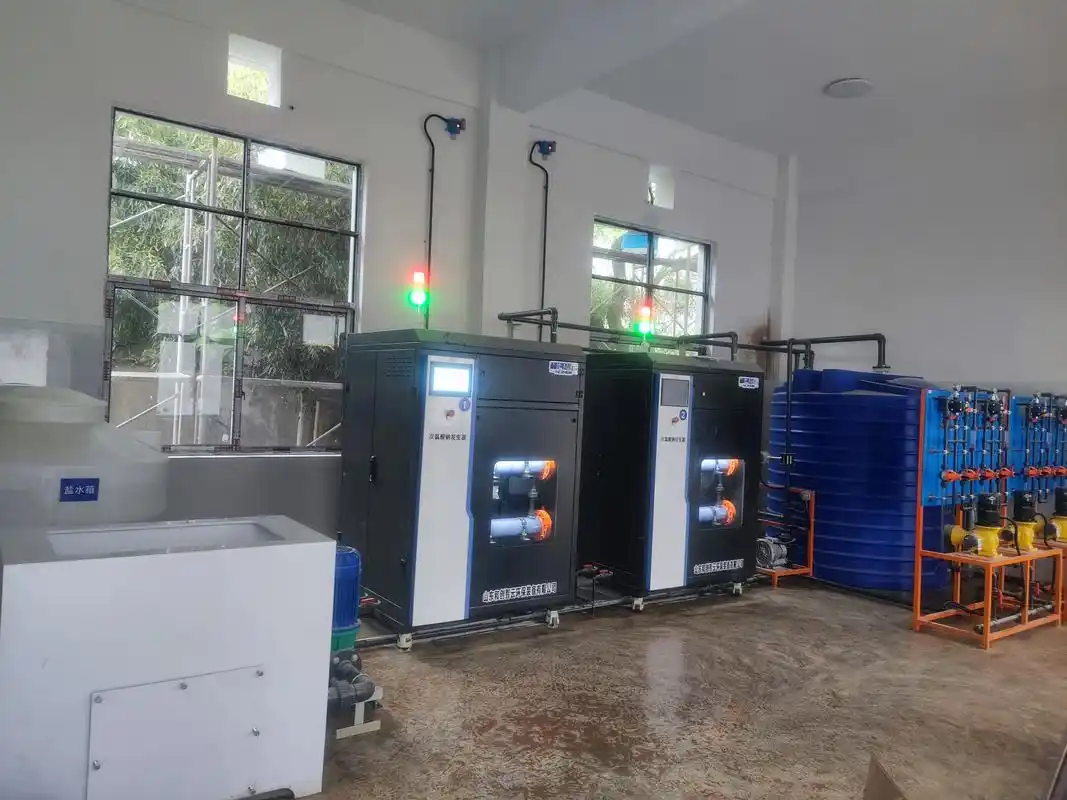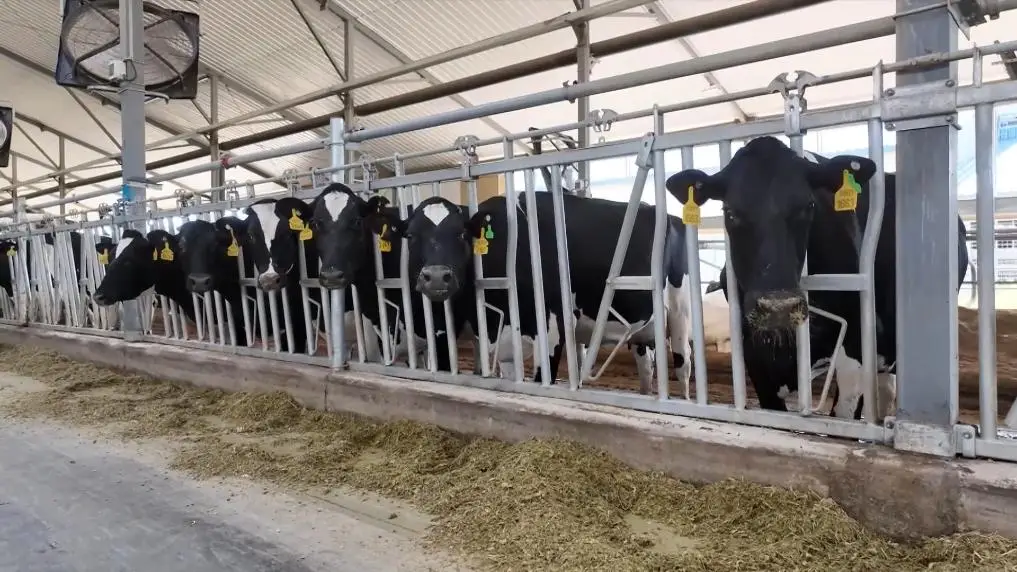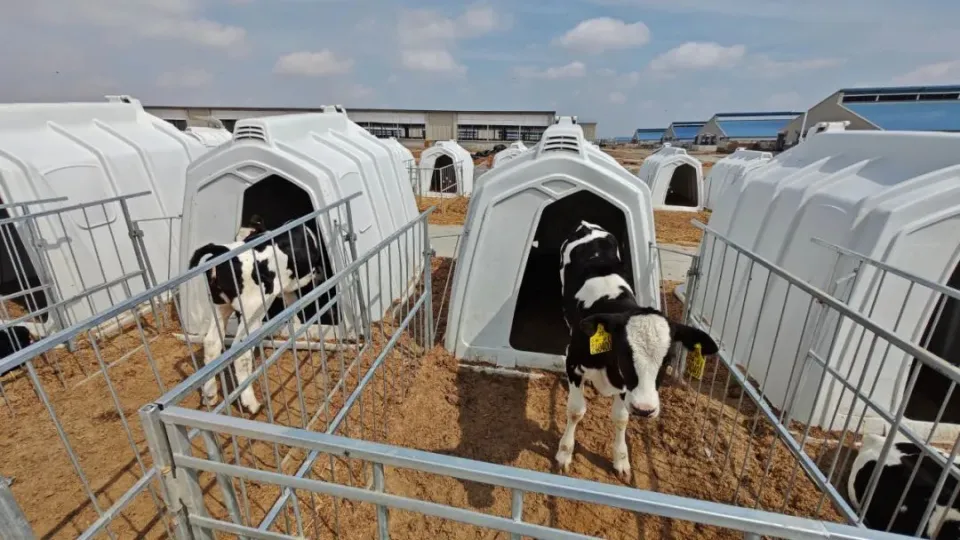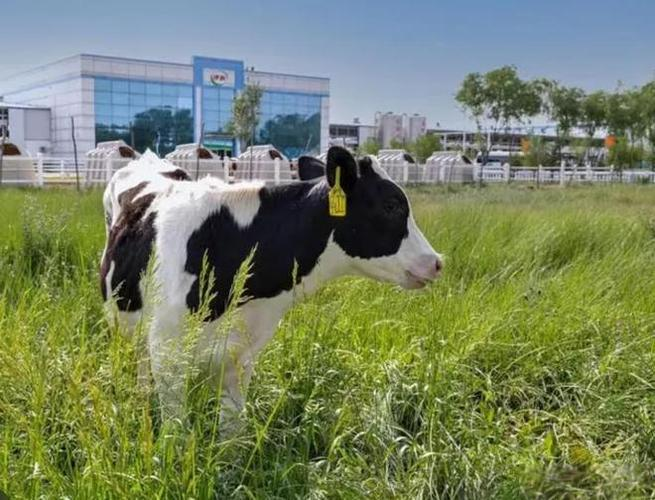With the increasing degree of intensive animal husbandry, biosafety prevention and control has become a core issue in modern pasture management. The frequent occurrence of diseases such as African swine fever and avian influenza, as well as the potential threat of zoonotic diseases, make scientific disinfection a key means to ensure the safety of animal husbandry production. Sodium hypochlorite (NaClO), as an efficient, economical and environmentally friendly disinfectant, occupies an important position in the field of pasture disinfection due to its unique chemical properties. Chlory's sodium hypochlorite generator generates sodium hypochlorite on-site by electrolyzing brine. This article will systematically analyze the scientific application of sodium hypochlorite in modern pastures from four dimensions: action principle, scene application, operation specifications and ecological impact.

I. Disinfection mechanism and core advantages of sodium hypochlorite
1. Sterilization principle
Sodium hypochlorite dissociates into hypochlorite ions (ClO⁻) after dissolving in water, and converts into hypochlorous acid (HClO) in an acidic or neutral environment. This weak acid molecule has a diameter of only 0.001μm and can penetrate the cell membrane of microorganisms to achieve sterilization through the following ways:
Oxidative destruction: reacts with amino and sulfur groups in pathogen proteins to destroy the activity of enzyme systems
Osmotic decomposition: destroys the lipid structure of the cell wall, causing leakage of intracellular substances
Nucleic acid damage: attacks viral RNA/DNA chains and blocks the replication of genetic material
Experimental data show that 100ppm sodium hypochlorite solution can kill Escherichia coli and Salmonella by 99.99% for 30 seconds, and the inactivation efficiency of African swine fever virus (ASFV) exceeds 99.95%.
2. Comparative advantage analysis
| Indicators | Sodium hypochlorite | Peracetic acid | Quaternary ammonium salts |
| Broad-spectrum bactericidal | ★★★★★ | ★★★★☆ | ★★☆☆☆ |
| Environmental degradation cycle | 48 hours | 72 hours | 15 days |
| Corrosiveness | Controllable | Strong | Weak |
| Cost (yuan/ton) | 800-1200 | 2500-3500 | 1500-2000 |
II. Design of scene-based disinfection scheme for pastures
1. Environmental disinfection system

Air atomization disinfection: Use a high-pressure atomizer to spray 0.2% sodium hypochlorite solution (droplet diameter 5-10μm), with a spray volume of 5ml per cubic meter of space, which can penetrate hidden areas such as feed troughs and slatted floors. The practice of a German pig farm with 10,000 pigs shows that this scheme reduces the incidence of respiratory diseases by 42%.
Vehicle disinfection center: Transport vehicles are sprayed with 80ppm solution in three dimensions (flow rate 20L/min, pressure 3MPa) for 15 minutes, which saves 40% time compared with traditional compound phenol disinfection.
Sewage system treatment: Continuous addition of 0.05% concentration in the rainy season can inhibit the breeding of mosquito and fly larvae, and reduce the number of E. coli in feces by 3 orders of magnitude.
2. Production equipment maintenance
Milking equipment: 200ppm solution is used for 15 minutes of circulation disinfection (flow rate 2m/s), combined with 0.05% sodium silicate corrosion inhibitor, the annual corrosion of stainless steel pipes is less than 0.03mm, and the microbial indicators meet the EU EC 852/2004 standard.
Automatic feeding line: Soak in 100ppm solution for 30 minutes every week, the feed mildew rate is reduced from 1.2% to 0.3%, and the feed intake of dairy cows is increased by 8%.
3. Animal health management
Hoof bath procedure: 500ppm sodium hypochlorite hoof bath (15cm deep, 3m long), cows pass through twice a day, hoof disease incidence rate reduced by 45%, and alternating with 3% copper sulfate solution can avoid drug resistance.
Drinking water safety: 0.3-0.5ppm residual chlorine is maintained at the end of the pipe network, combined with ultraviolet secondary disinfection, the incidence of mastitis in dairy cows is reduced by 37%, and the yield is increased by 6.5%.
III. Operational specifications for scientific application
1. Accurate concentration control

Establish a three-level concentration management system:
Conventional prevention: 100-200ppm (environmental surface, equipment)
Epidemic disposal: 500ppm (area contaminated by highly infectious diseases)
Special scenarios: 1000ppm (foot-and-mouth disease virus, corrosion inhibitor required)
It is recommended to configure a digital residual chlorine detector (accuracy ±0.5ppm), calibrated every 2 hours.
2. Management of incompatibility taboos
| Prohibited combinations | Hazardous products | Protective measures |
| Acidic cleaners | Chlorine (Cl₂) | Use at intervals of >4 hours |
| Ammonia preparations | Chloramines (carcinogens) | Storage in separate areas, two-person operation system |
| Hydrogen peroxide | Oxygen Explosion | Prohibited from storage in the same area |
3. Ecological safety strategy
Wastewater treatment: After 48 hours of natural degradation of disinfected wastewater, the 96h-LC50 value of freshwater fish recovers from 0.8mg/L to the safety threshold of 4.2mg/L.
Soil protection: The use of pulse spraying technology reduces the amount of chloride ion deposition per unit area by 62%, and the degradation efficiency can be increased by 85% in conjunction with the artificial wetland system.
4. Economic Benefits and Future Development
1). Cost-Benefit Analysis
Take a dairy farm with 10,000 cows as an example, and compare the annual costs of different disinfection schemes:
| Project | Sodium hypochlorite | Compound phenol | Potassium persulfate |
| Direct cost (10,000 yuan) | 18.5 | 34.2 | 42.7 |
| Disease loss (10,000 yuan) | 27.3 | 35.6 | 29.8 |
| Equipment maintenance (10,000 yuan) | 2.4 | 1.8 | 5.2 |
| Comprehensive cost | 48.2 | 71.6 | 77.7 |
Intelligent dosing system: Real-time monitoring of environmental pathogen load through IoT sensors, automatic adjustment of disinfectant concentration (error <5ppm)
Nano slow-release technology: Microcapsule encapsulation extends the effective chlorine release cycle to 72 hours
Compound synergistic formula: Compounded with natural substances such as tea polyphenols, a 200ppm solution can achieve a 500ppm disinfection effect

The application of sodium hypochlorite in pastures is evolving from a single disinfection tool to a core component of a biosafety system. Through scientific proportioning, intelligent management and ecological application, this chemical agent with a history of more than 200 years will continue to build an efficient, economical and sustainable biosafety line of defense for modern animal husbandry. Chlory has been committed to the production and development of sodium hypochlorite generators. With the integration and application of new technologies, sodium hypochlorite will play a more important role in the field of pasture disease prevention and control.
